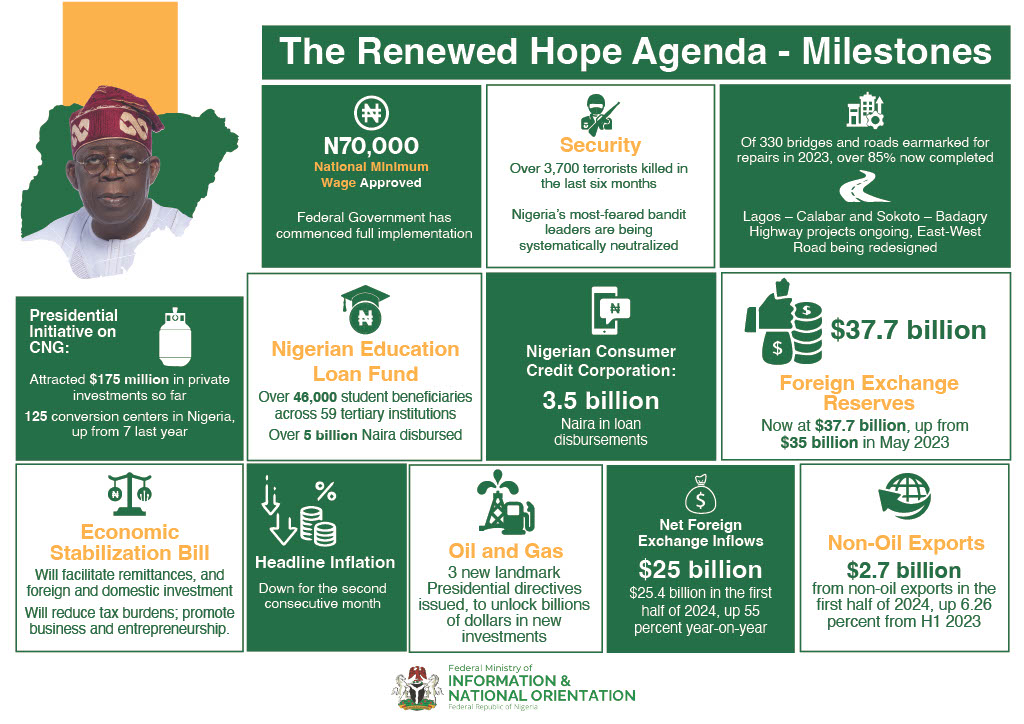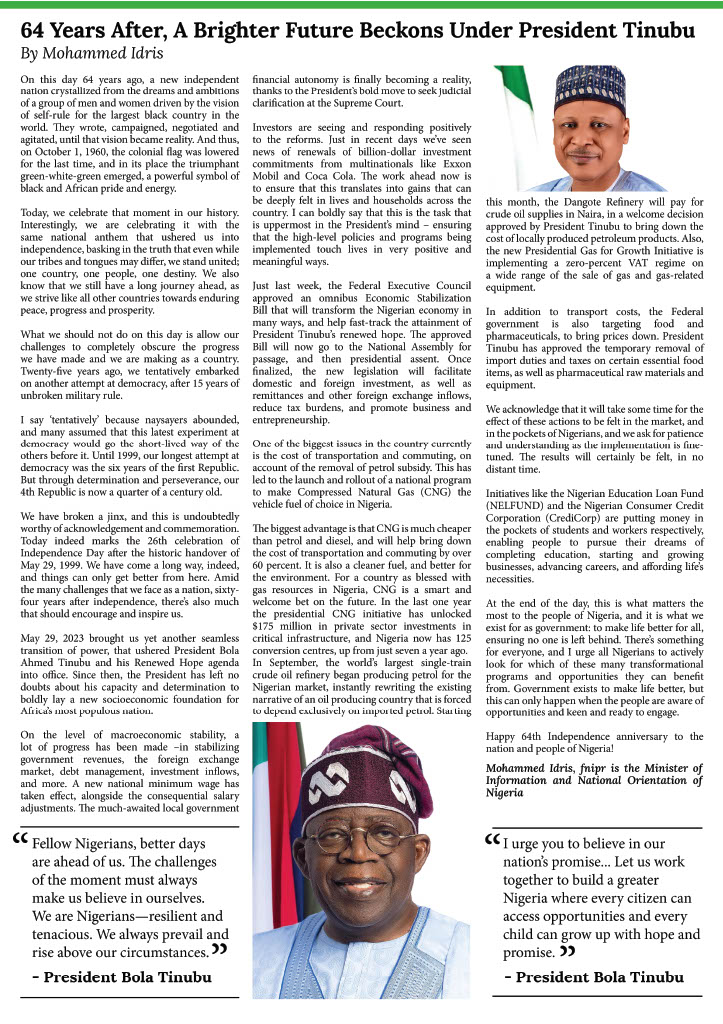The Nigerian Stock Exchange (NSE) will unveil the composition of new market indices on Wednesday, July 1, 2015.
This follows the results of the bi-annual review for The NSE 30 and the five sectoral indices of The Exchange – The NSE Banking, The NSE Consumer Goods, The NSE Oil & Gas, The NSE Industrial and The NSE Insurance.
The Nigerian bourse began publishing The NSE 30 Index in February 2009 with index values available from January 1, 2007. On July 1, 2008, the NSE developed four sectoral indices with a base value of 1,000 points, designed to provide investable benchmarks to capture the performance of specific sectors.
The sectoral indices comprise of the top 10 most capitalised and liquid companies in the Banking, Insurance and Food/Beverage & Tobacco (now Consumer Goods) sectors and the top five most capitalised and liquid companies in the Oil & Gas (Petroleum Marketing) sector.
The indices, which were developed using the market capitalisation methodology, are rebalanced on a biannual basis -on the first business day in January and in July. The Stocks are selected based on their market capitalisation from the most liquid sectors.
The liquidity is based on the number of times the stock is traded during the preceding two quarters. To be included, the stock must be traded for at least 70 percent of the number of times the market opened for business.
The Exchange was not oblivious of the fact that the number of the stocks included in some of the indices may be inappropriate for optimal portfolio diversification; however, the numbers would be reviewed as sector conditions change.
The Nigerian bourse began publishing the NSE 30 Index in February 2009 with index values available from January 1, 2007. On July 1, 2008, The NSE developed four sectoral indices and one index in 2013, with a base value of 1,000 points, designed to provide investable benchmarks to capture the performance of specific sectors.
The sectoral indices comprise the top fifteen most capitalised and liquid companies in the Insurance and Consumer Goods sectors, top ten most capitalised and liquid companies in the Banking and Industrial Goods sector and the top seven most capitalised and liquid companies in the Oil & Gas sector.
The compiler of the indices maintains the right to modify the circulated selection above in connection with any mergers, takeovers, suspension or resumption of trading or any other company structure changes during the period before the effective date of the annual review.










